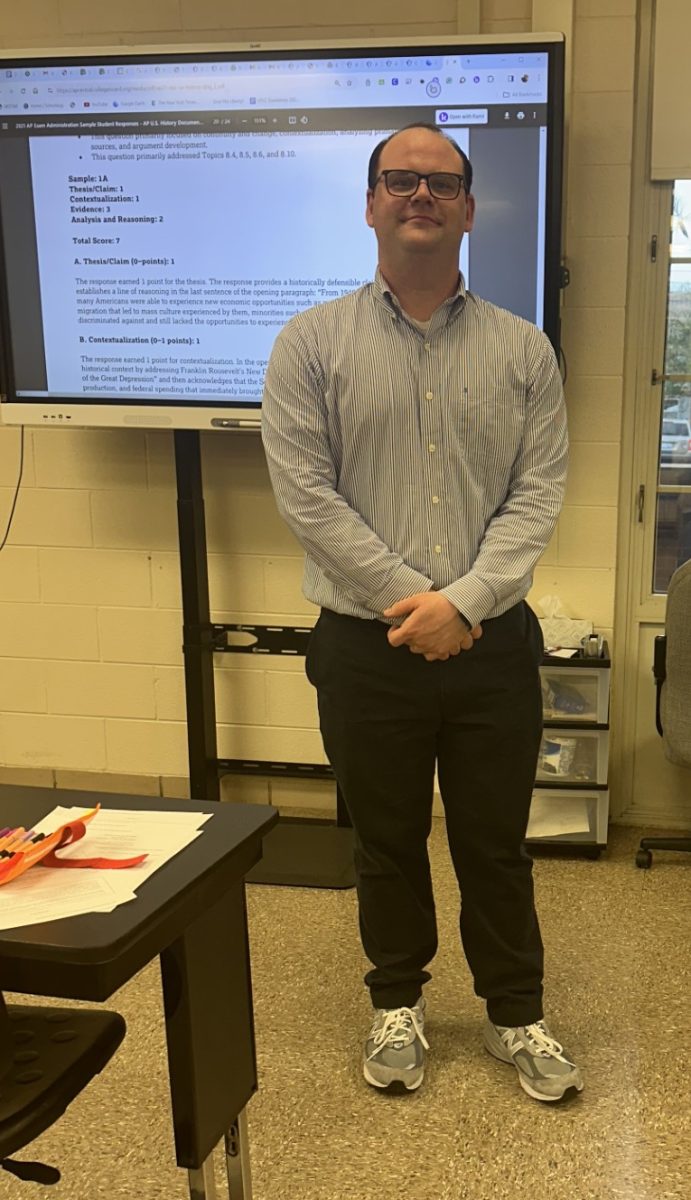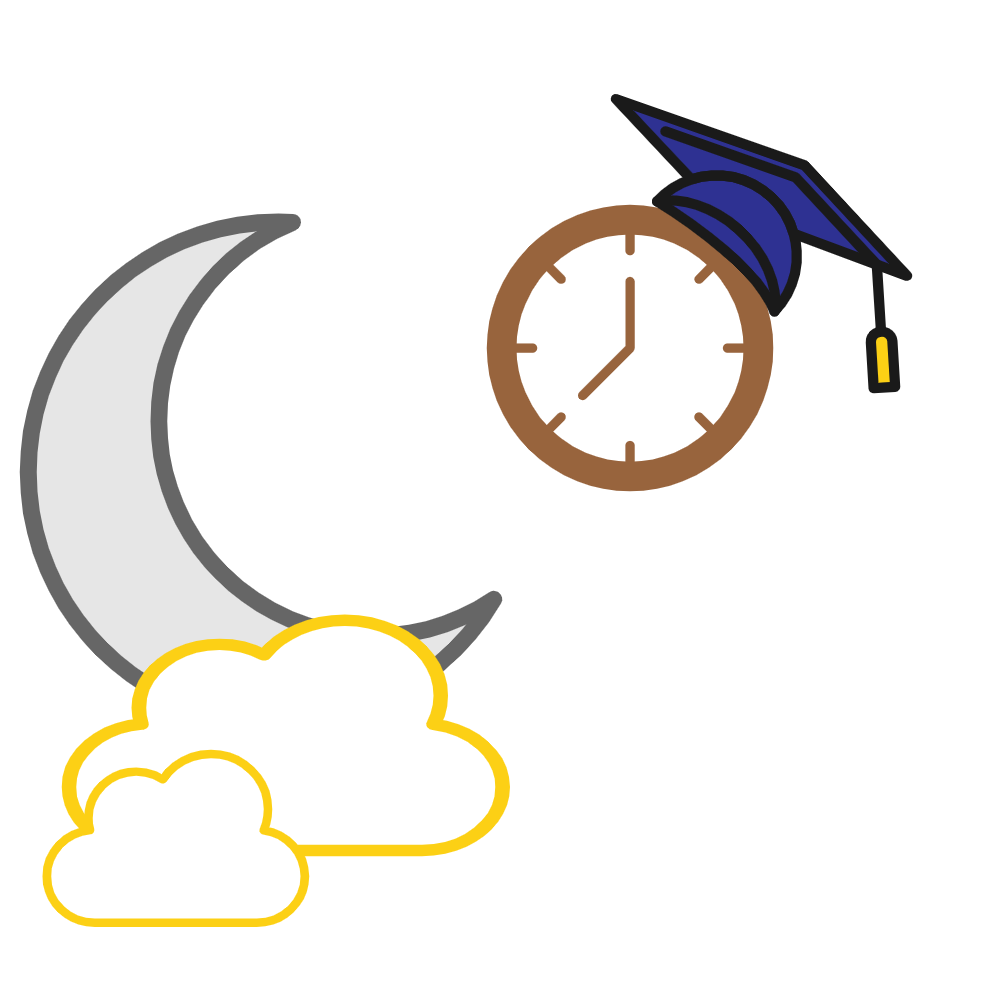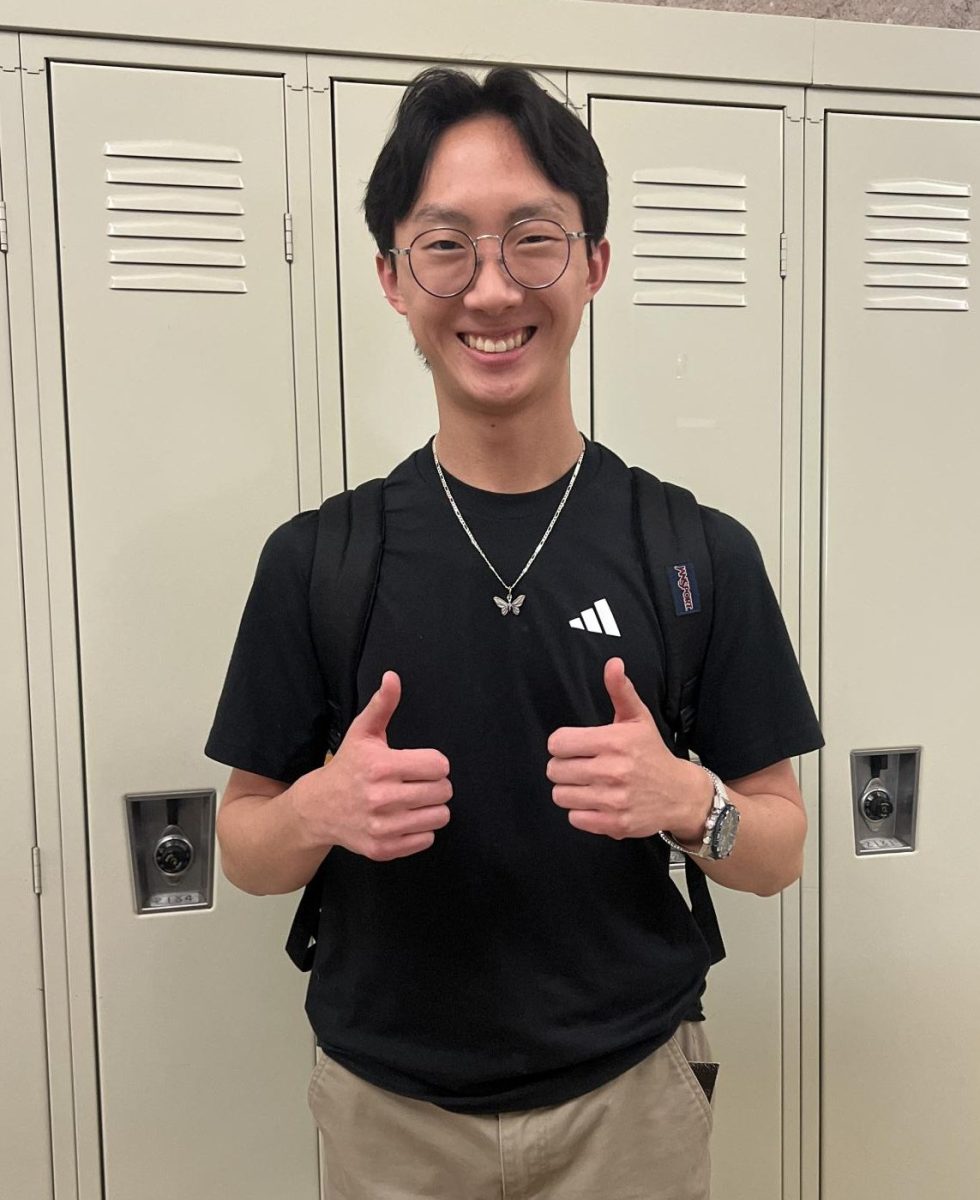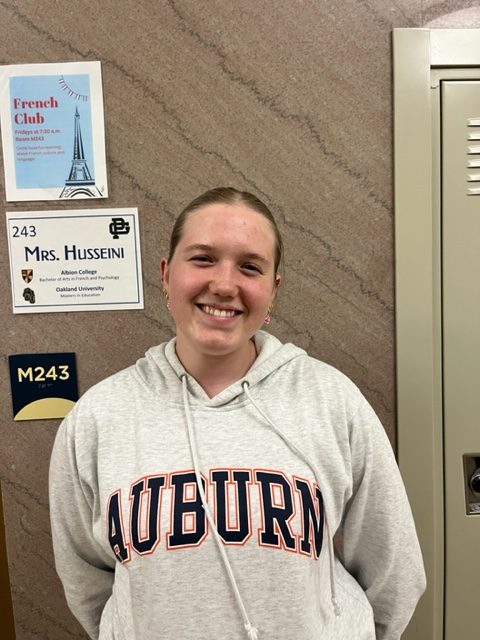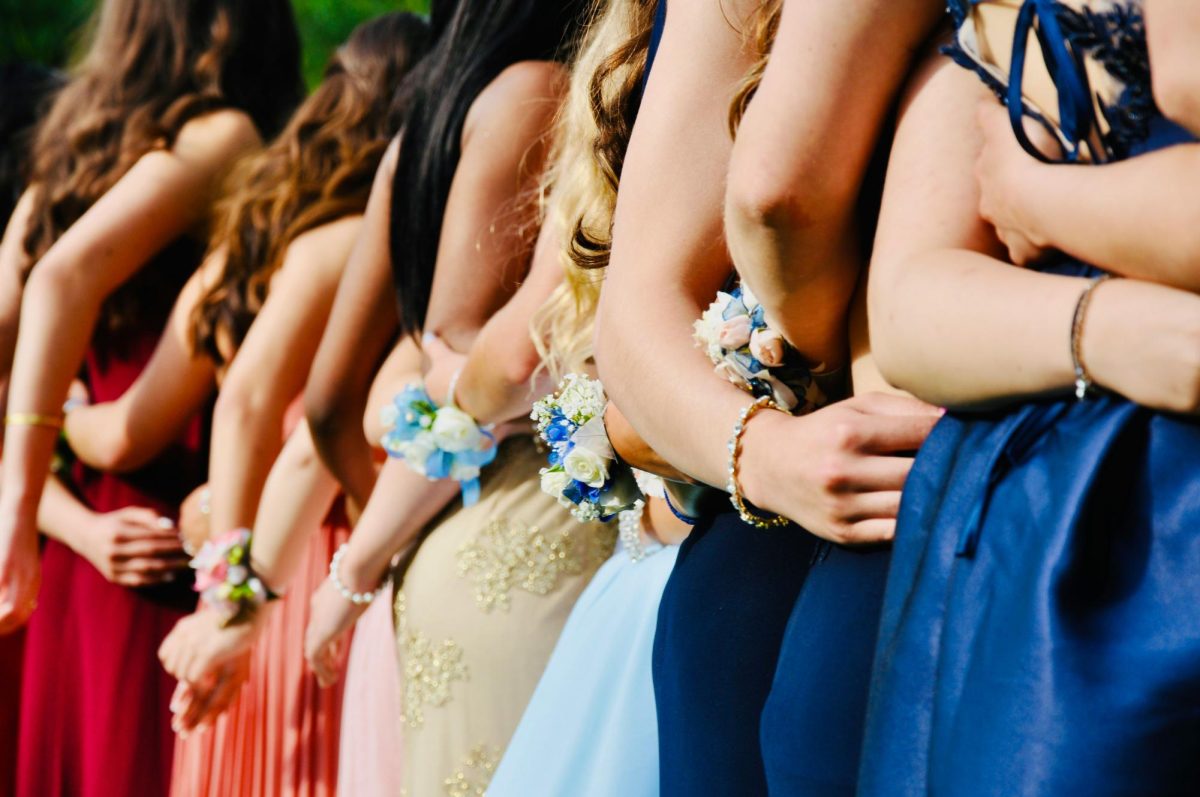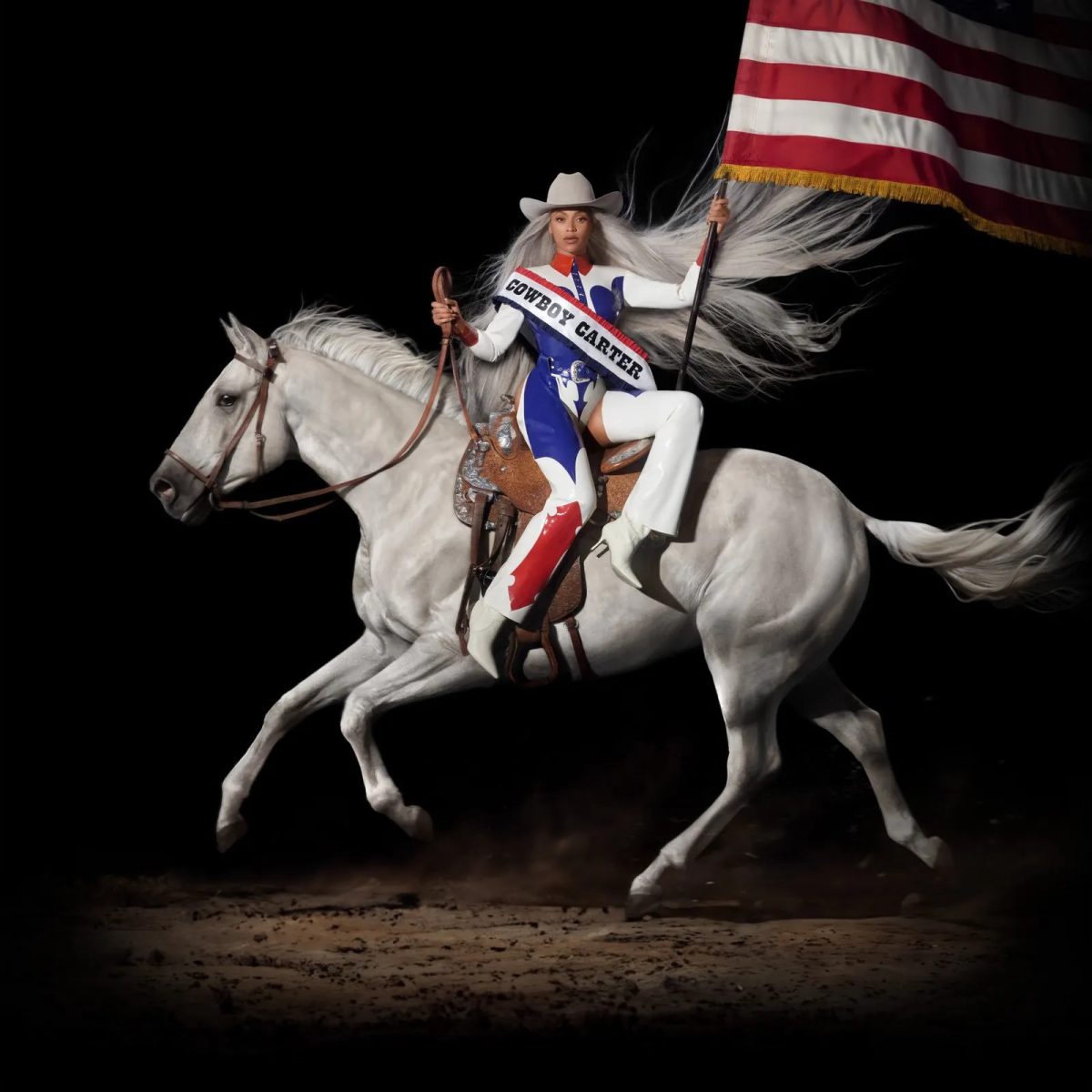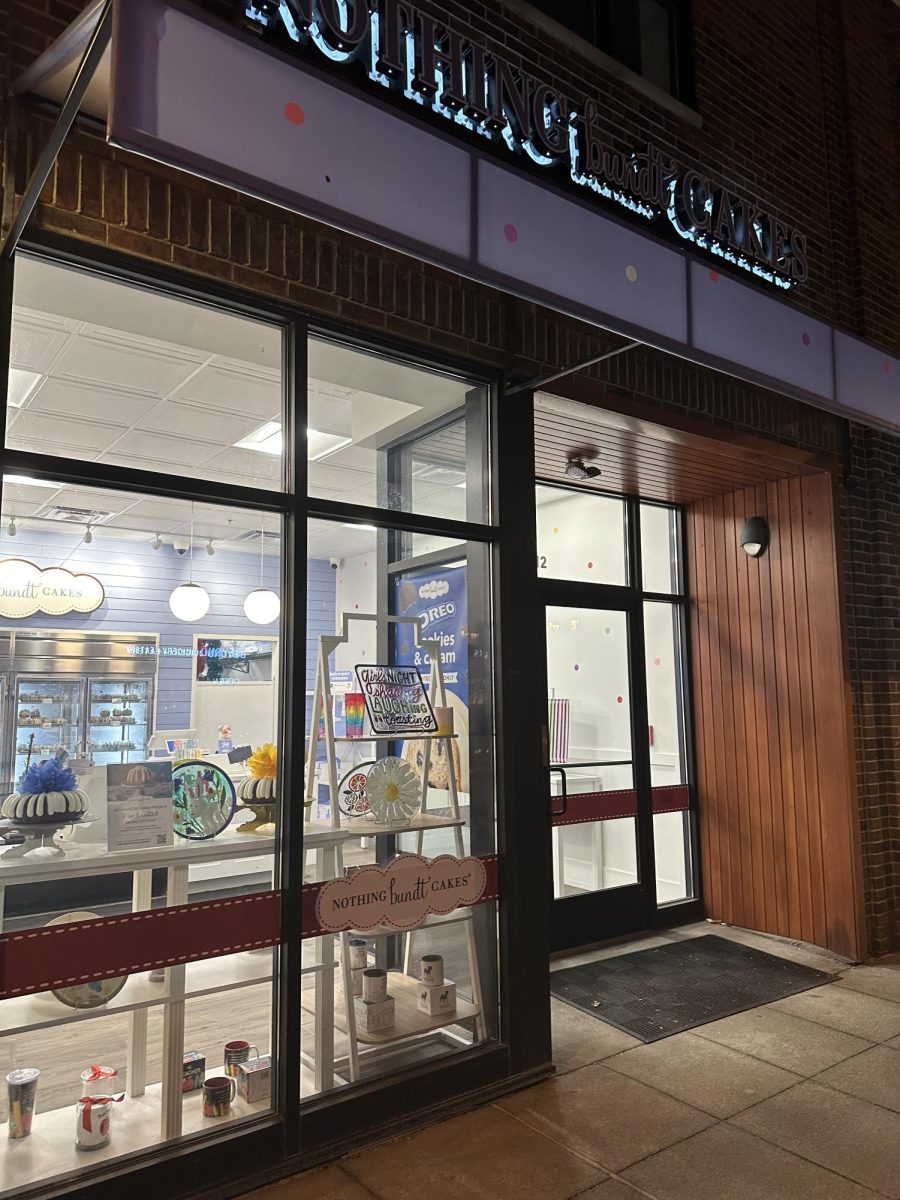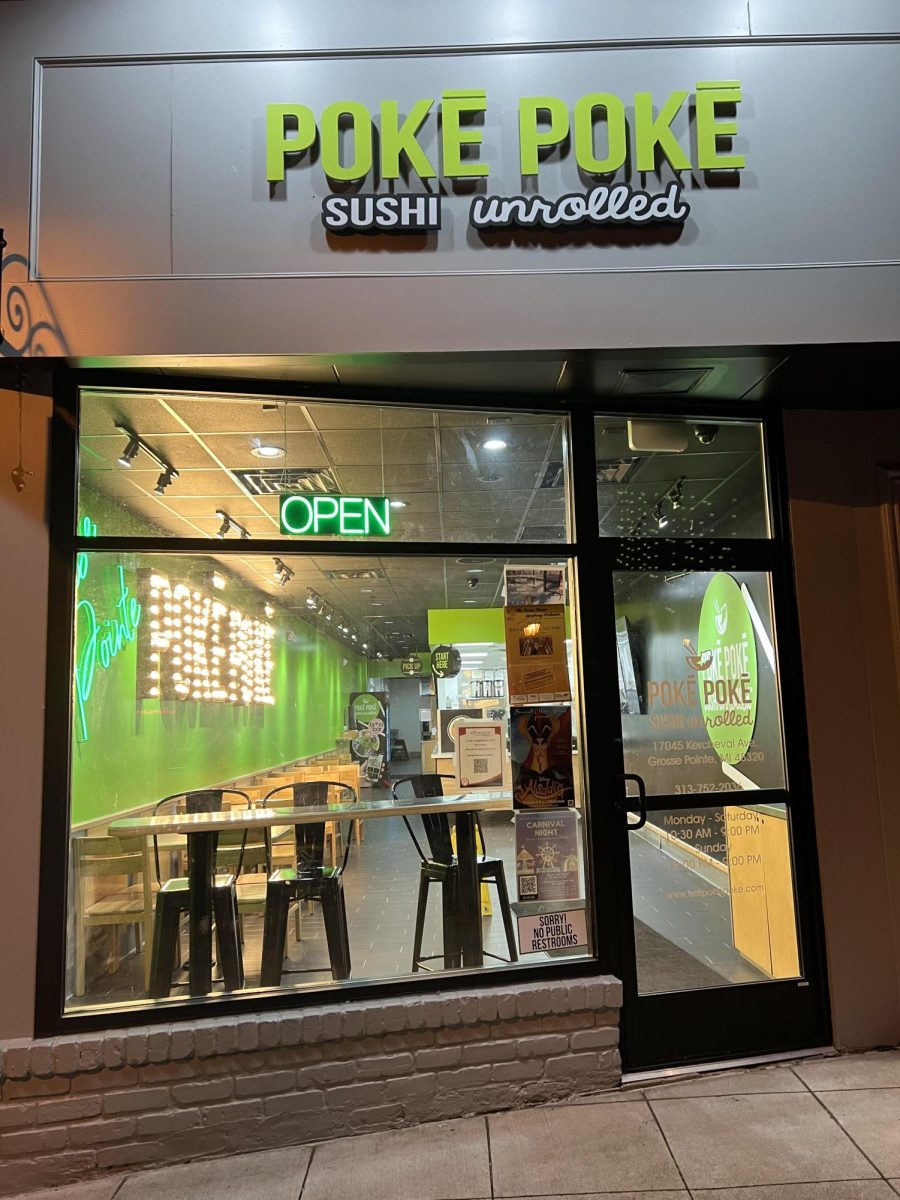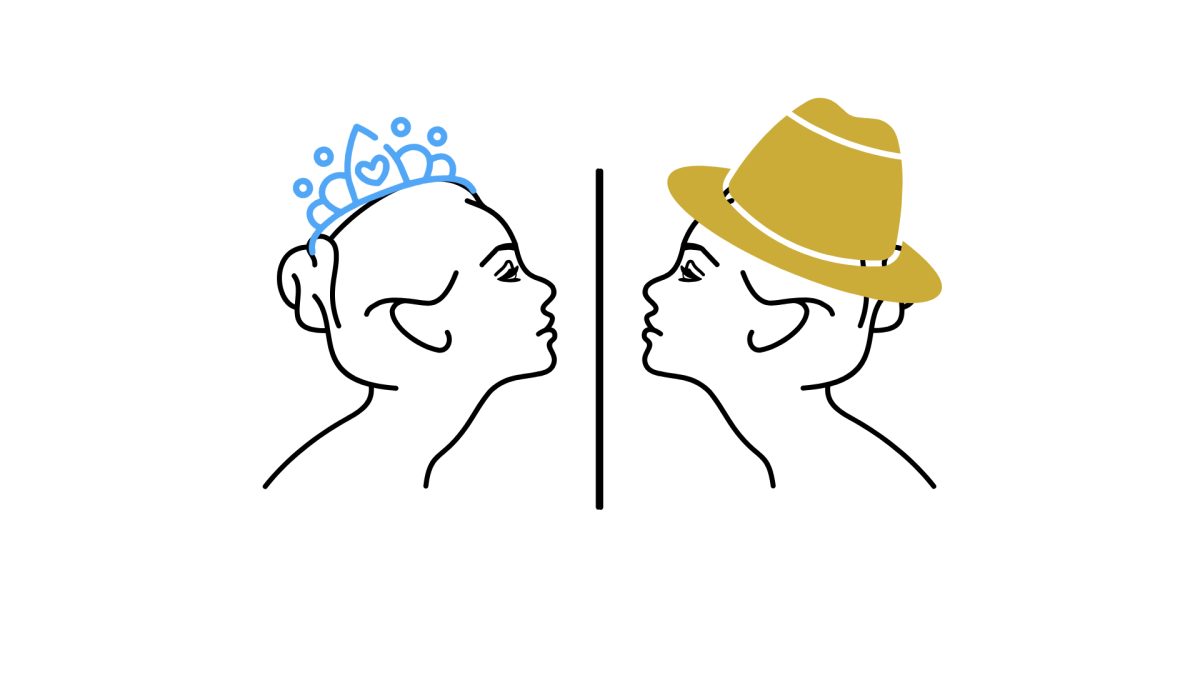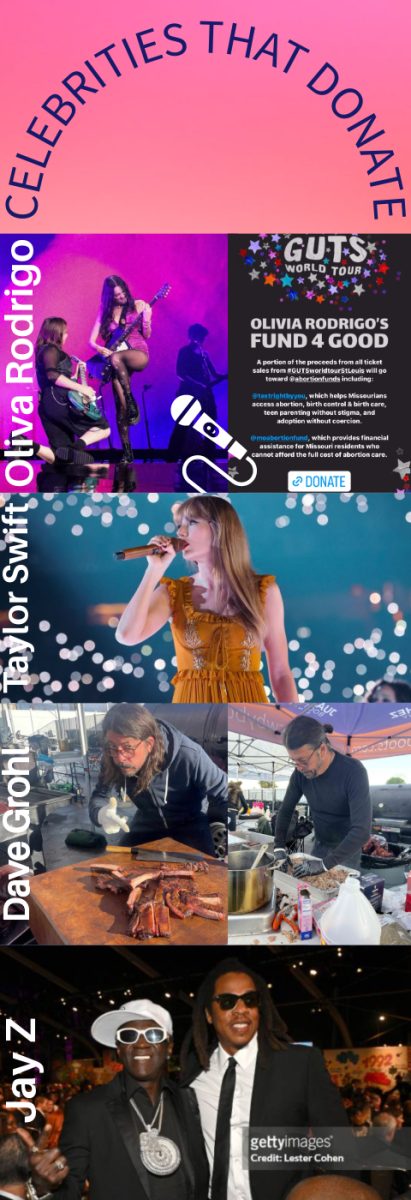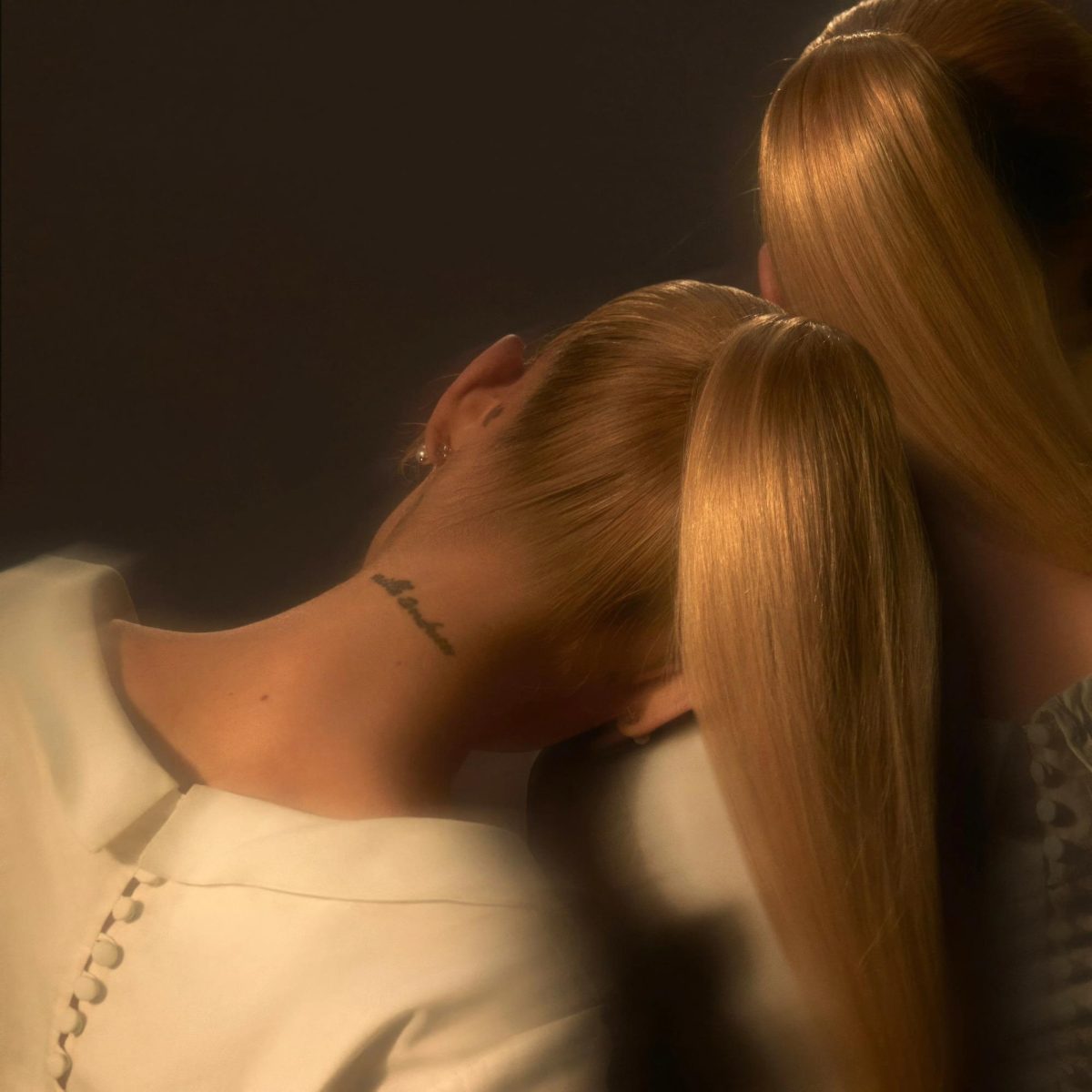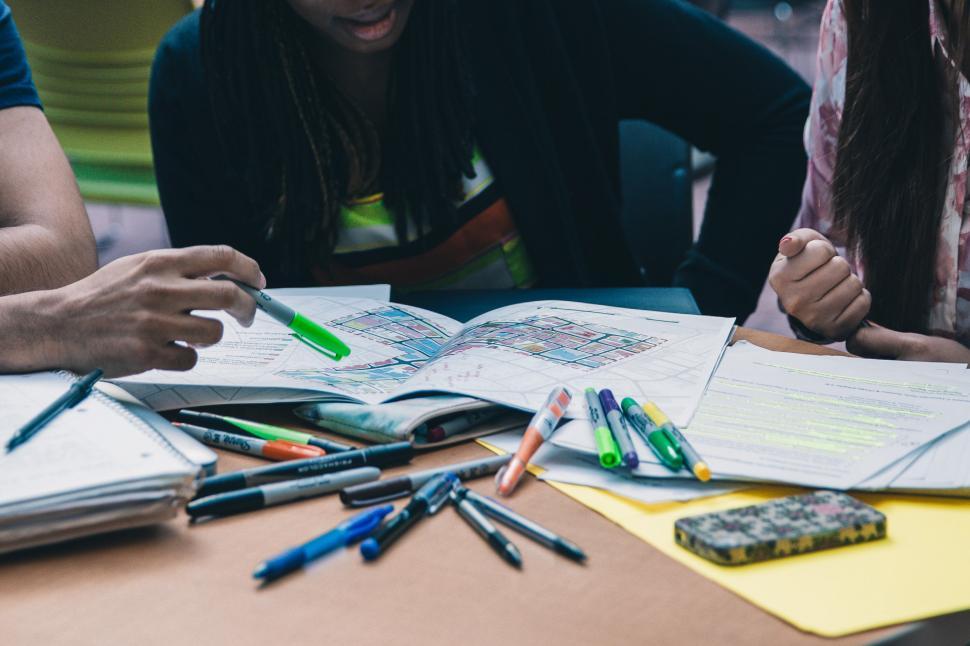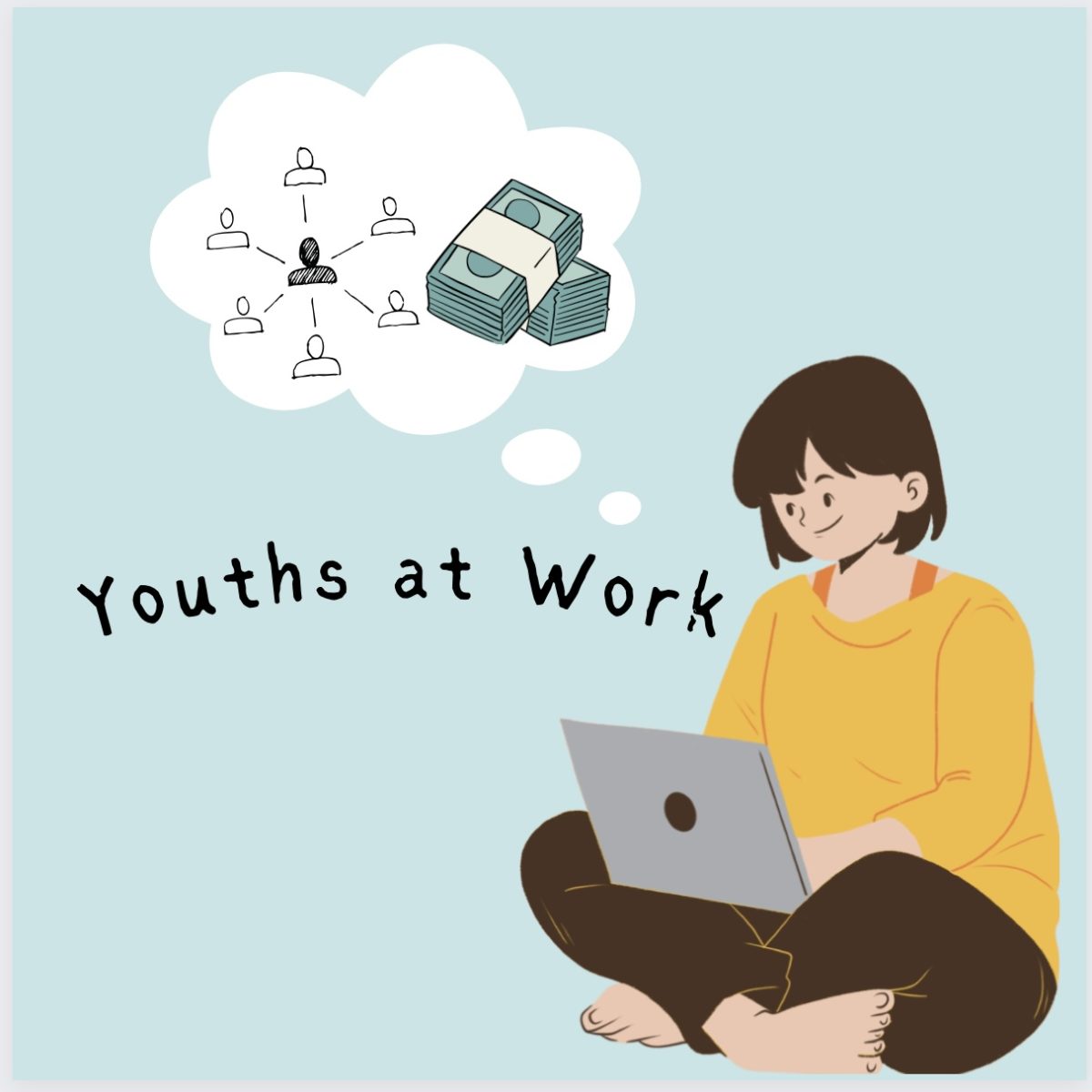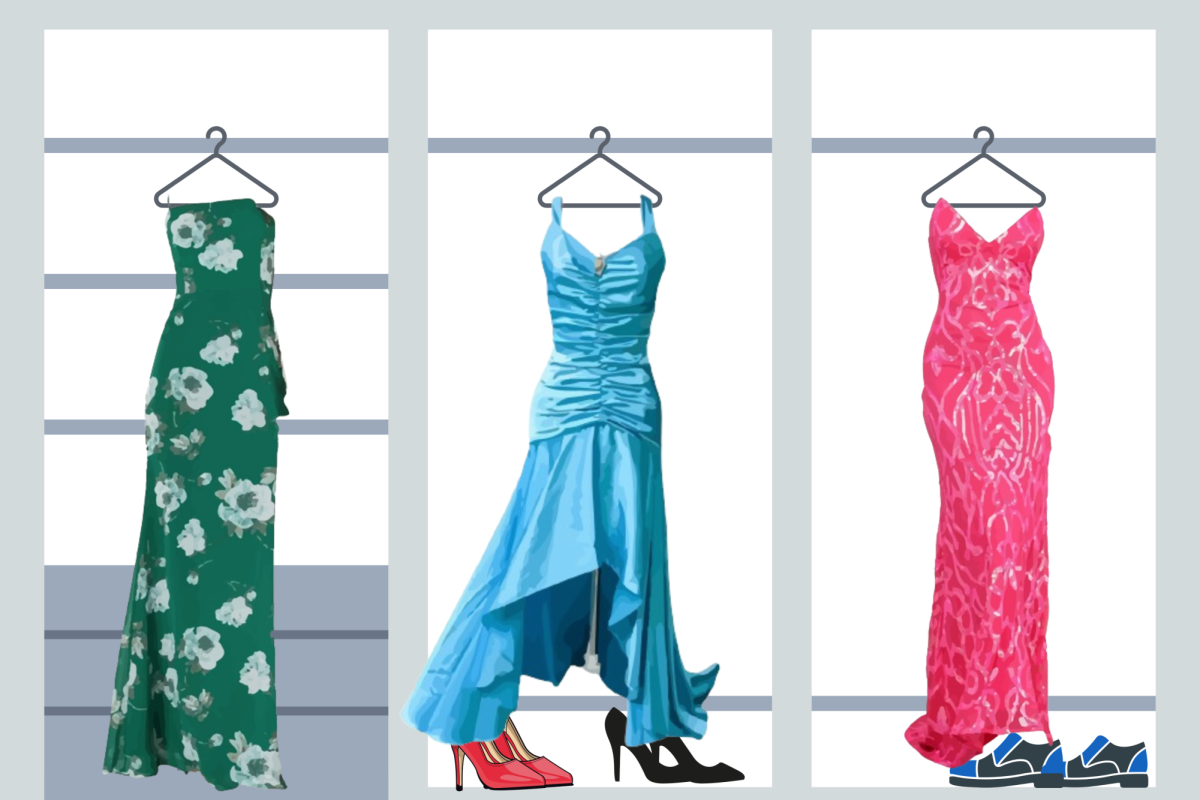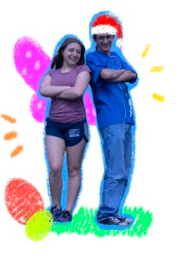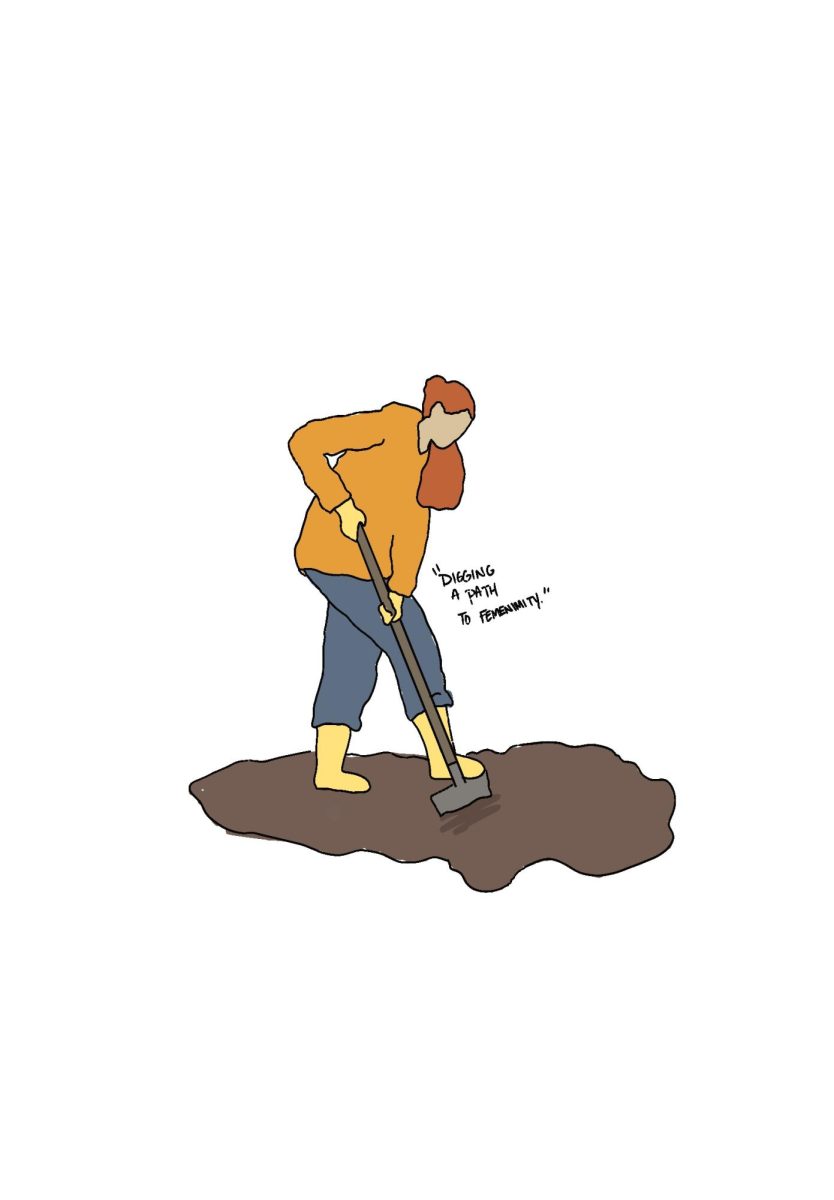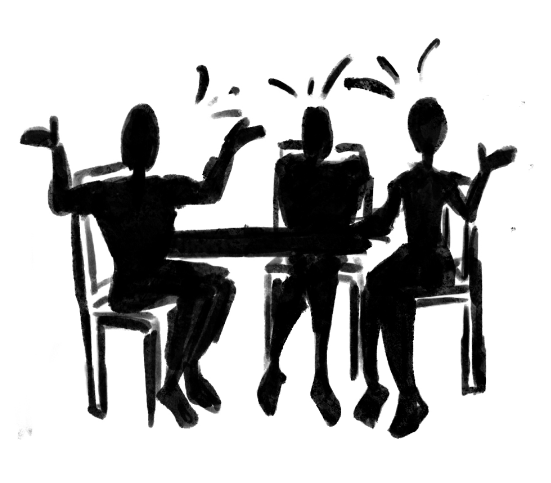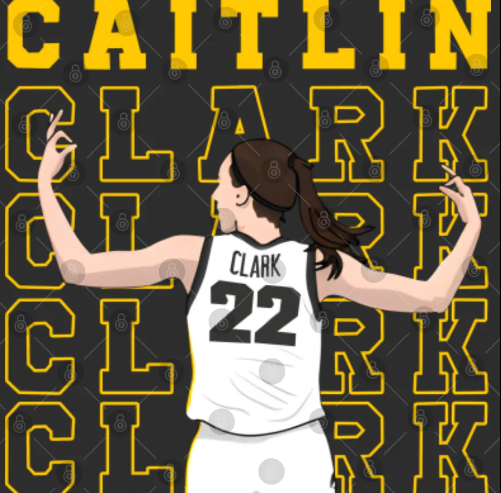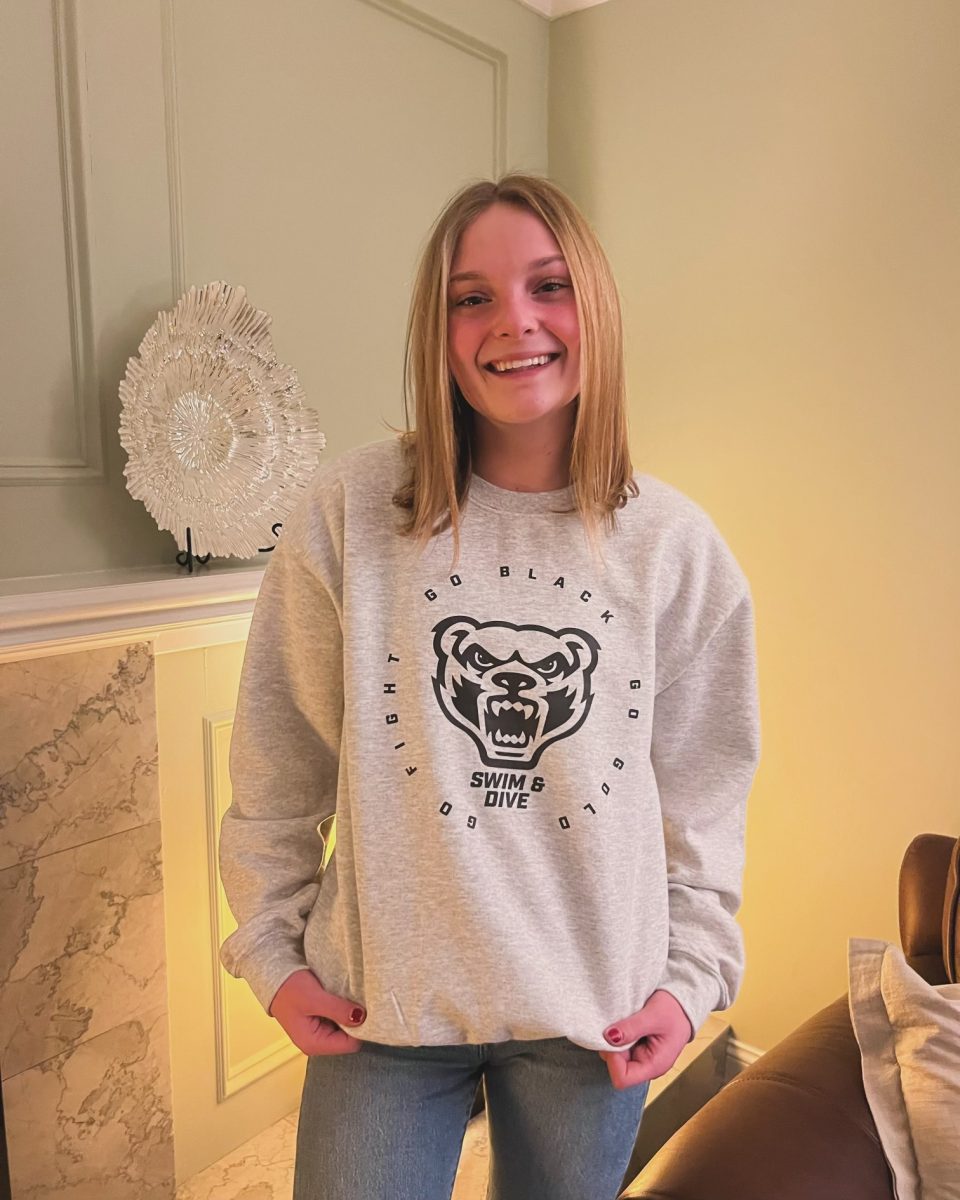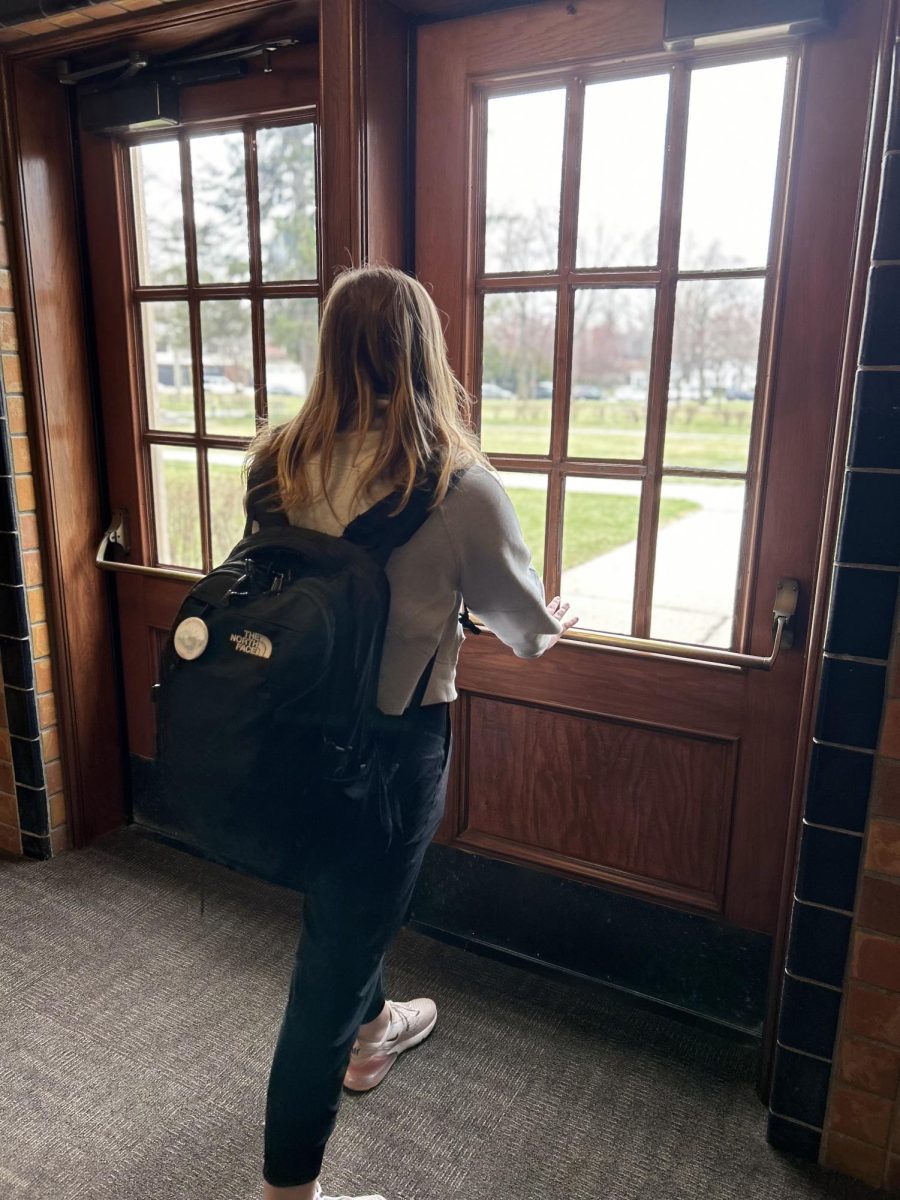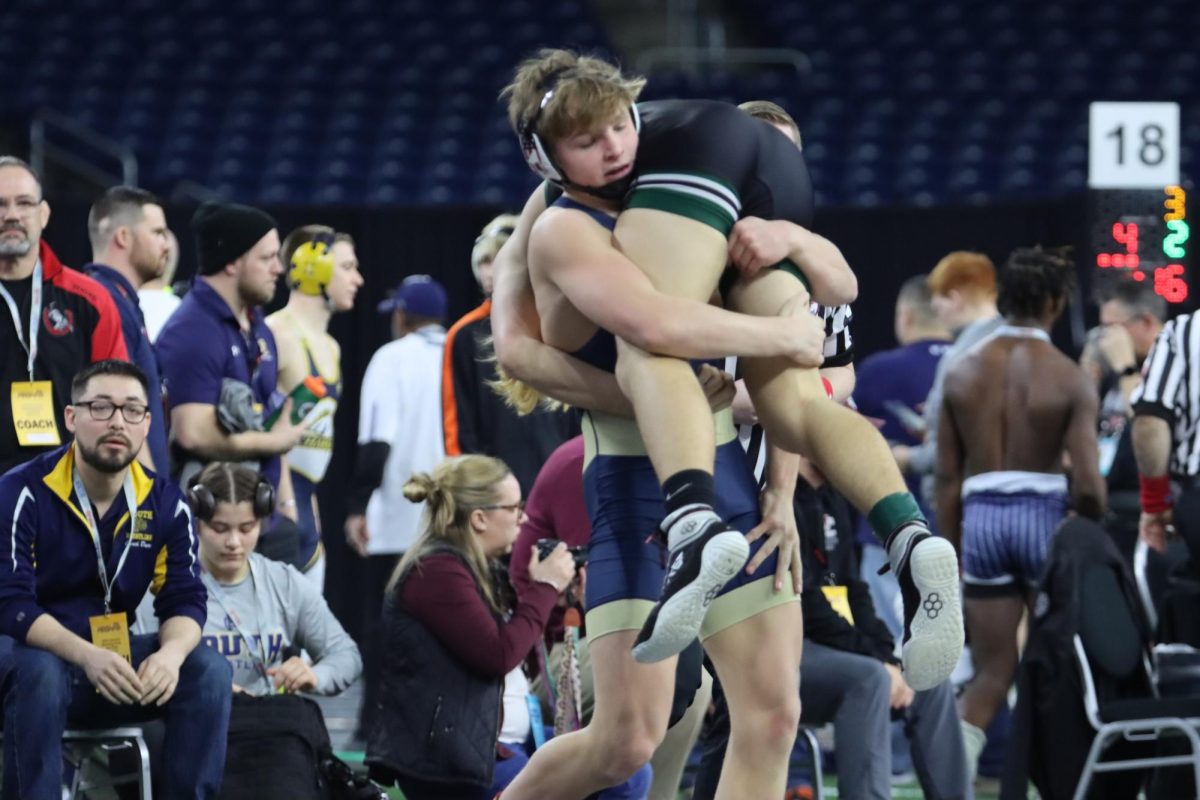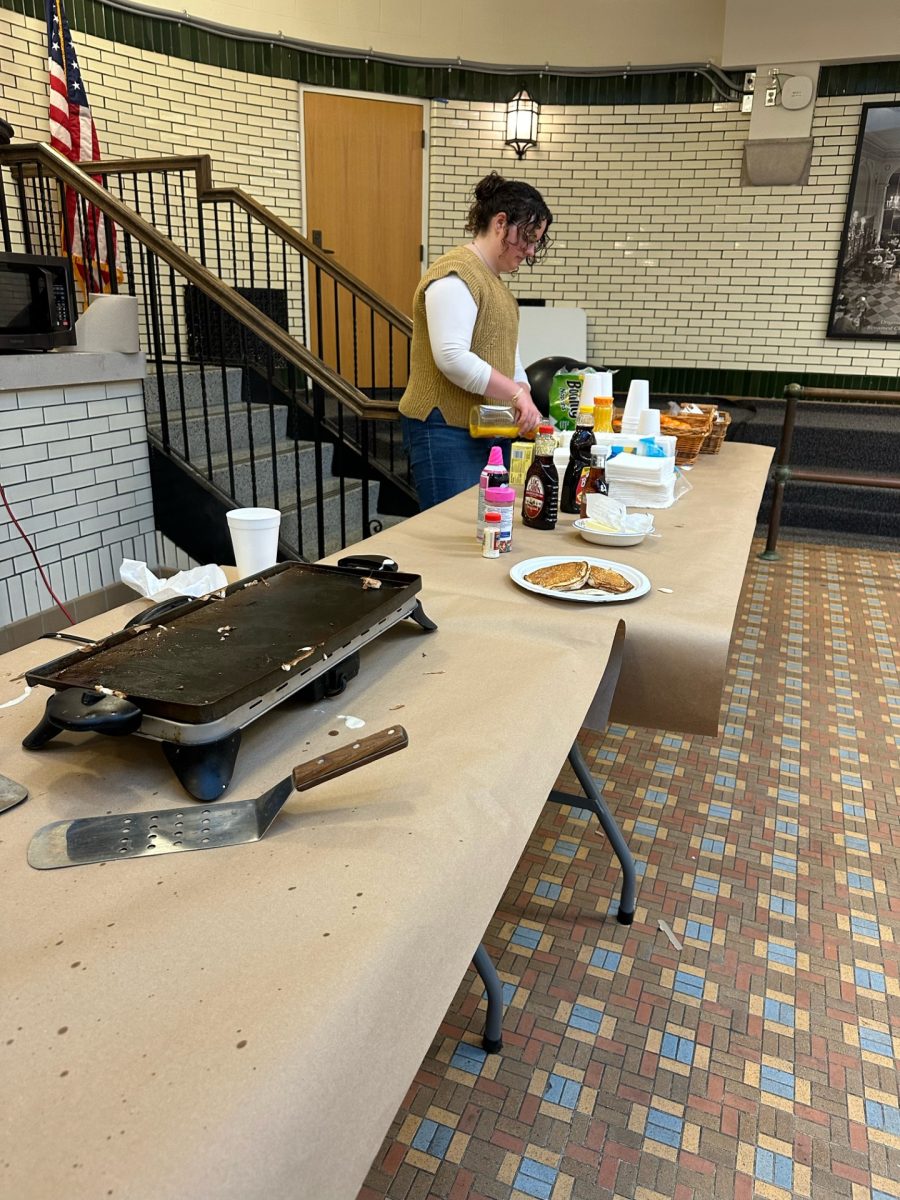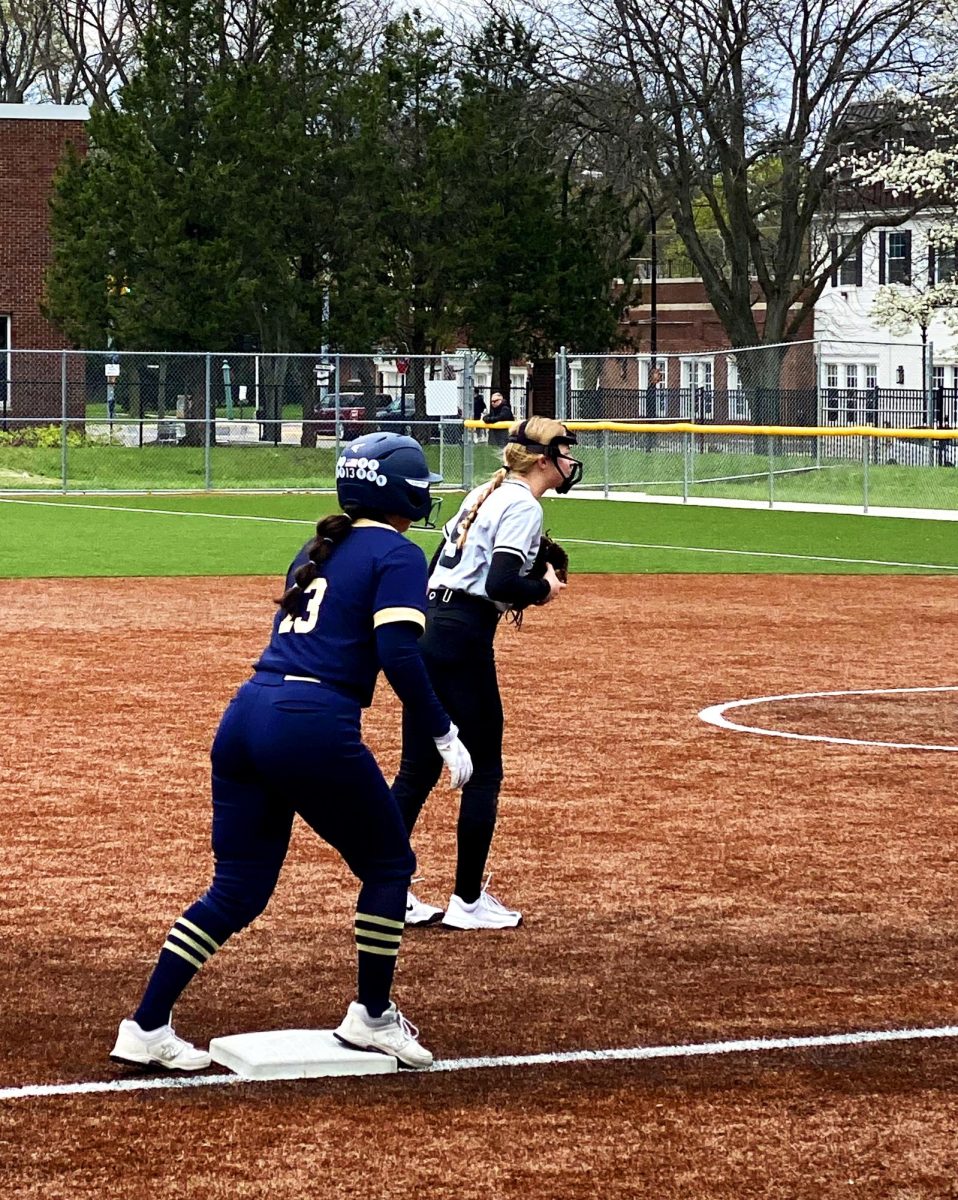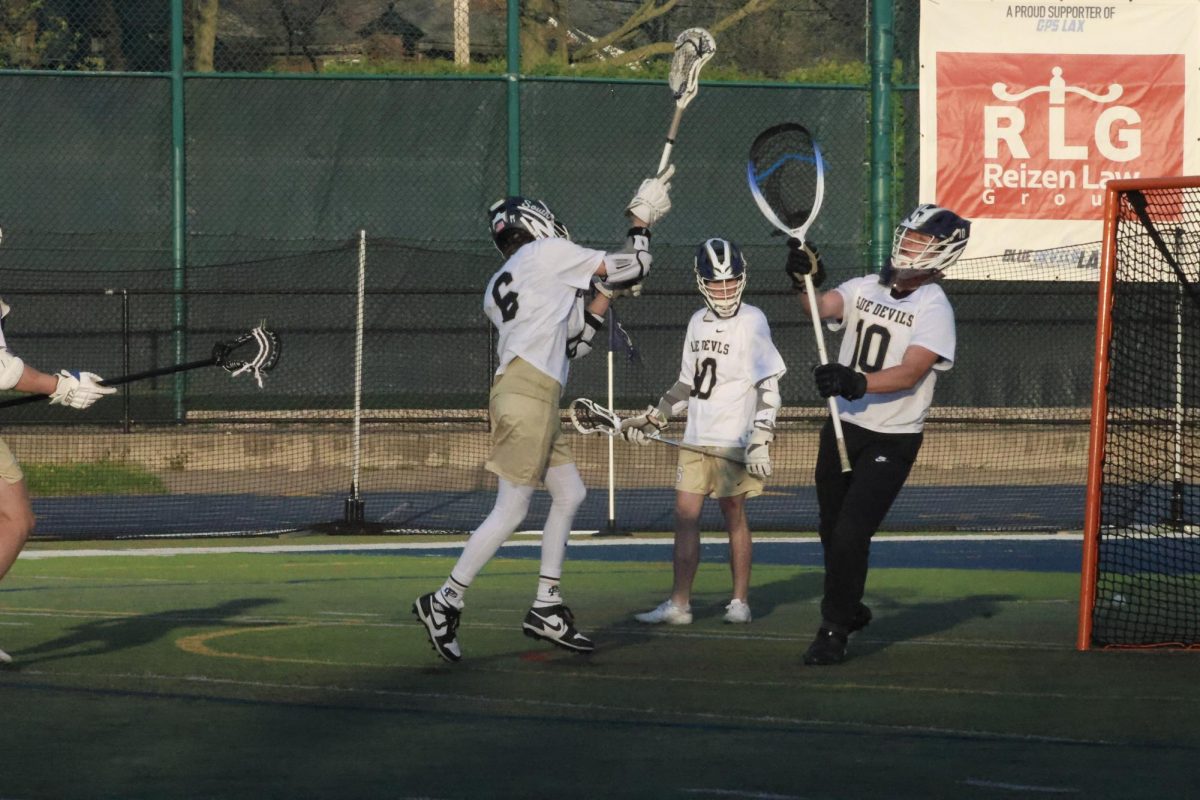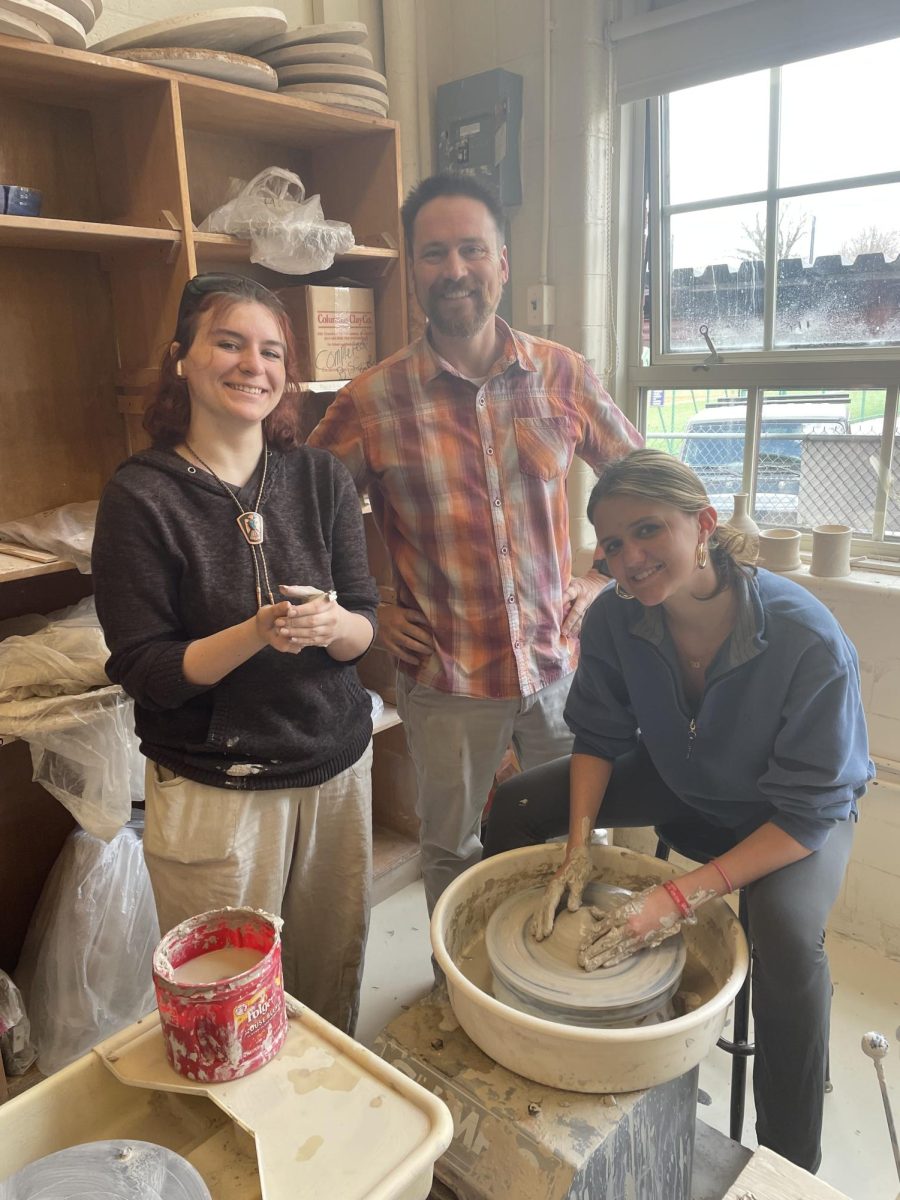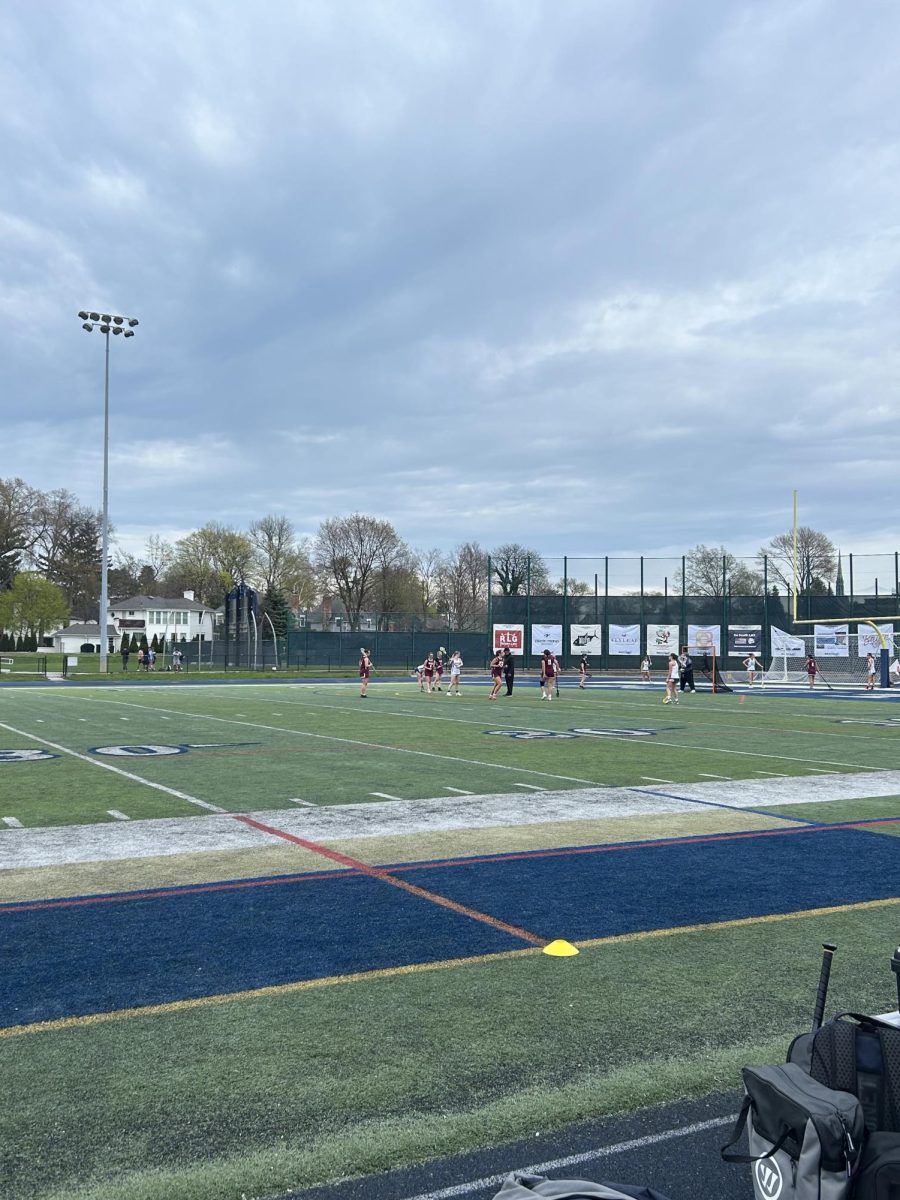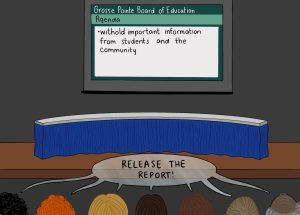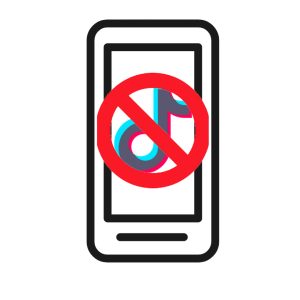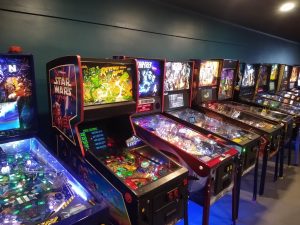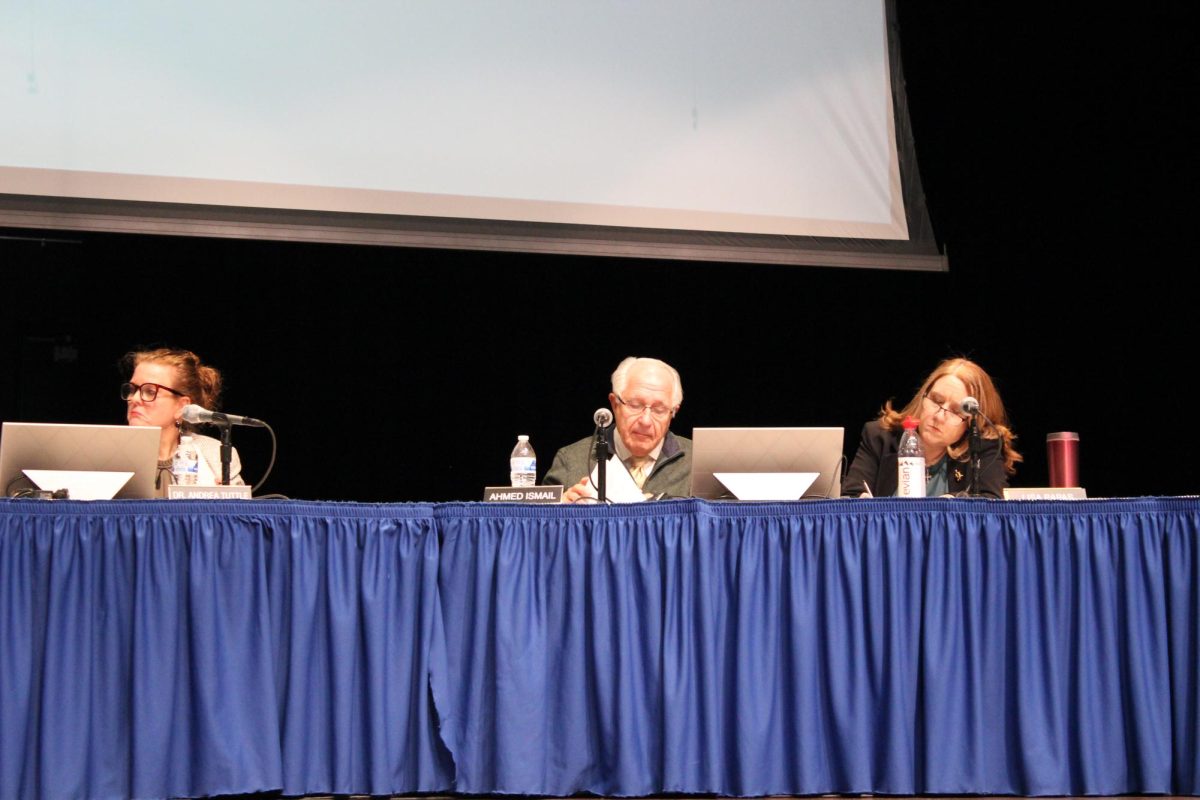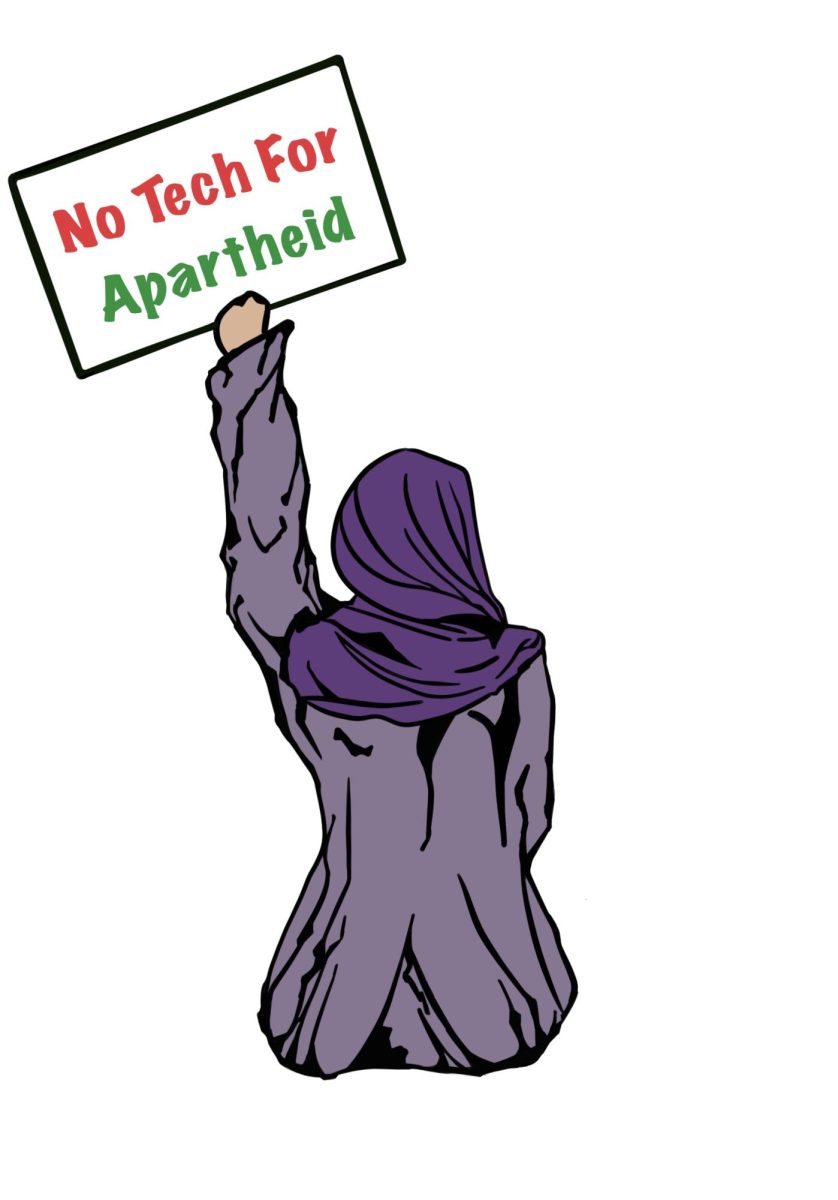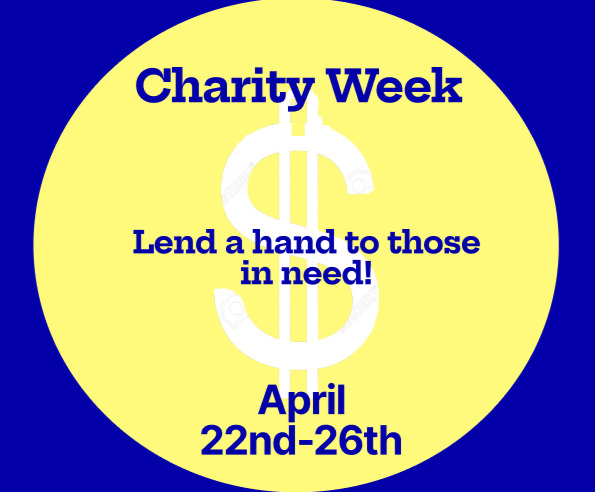Marissa Day ’14 | Managing Editor
One of the most important parts of high school is communication. Students take for granted their ability to ask for help, but there are about 20 students at South who are unable to do so. These students have special needs that a new mentorship program, Get Linked @ South hopes to bring to light.
“It always bugged me when you’d hear some of the (Peers) making noises in the hallway and then people would just start laughing,” said Bove. “People don’t realize they (Peers) just can’t express it as well, so that always bugged me.”
The function of Get Linked @ South is to help the students with special needs have an easier and more social experience while they’re in high school. The mentors to these students are called “Links,” and the students receiving the help are called “Peers.”
“It’s a good idea for them (Peers) to meet people that are their age and I think it’s also good for the general (population).” said Jill Rotole, a teacher who works with students with special needs. “They’re more aware of who they are and they see them more outside of the ‘Special Ed’ label; they see them more as a person.”
Towards the end of the previous school year, a group of seniors and Dorisann Martinuzzi, a speech and language pathologist at South and Trombly came together to create Get Linked @ South, a peer-to-peer group at the school. Martinuzzi was trained under the guidance of Betty Lou Rowe, who trains adult leaders for groups at various schools.
The program began with only 10 seniors last fall as a trial run, Martinuzzi said. Seniors were given Peers and they were to socialize and integrate the Peers into their groups of friends.
“We started with those seniors and got them involved and they had lunch with the Peers,” said Martinuzzi. “They went in to some classes with them, they went to camp with them in the spring and so we really got them involved.”
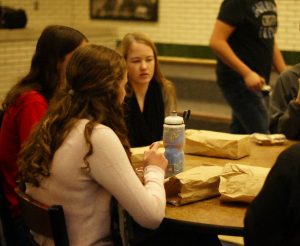
Those students were able to get others involved by creating T-shirts that prompted students to stop the seniors and ask them what the program was about, Martinuzzi said. Recruitment meetings began January of 2012 with 15 more students joining.
“We had another recruitment meeting in the fall and had a great interest,” said Martinuzzi.
Get Linked @ South now hosts about 46 Links, with training sessions just ending. Because there are so many Links, Peers will often times have more than one Link mentoring them, Martinuzzi said.
“There are probably 10 Peers per lunch,” said Martinuzzi. “So what we’ll do is assign maybe four or five links to have lunch with them.”
As Get Linked @ South is just taking off, the group is focused on getting the community aware of its efforts. While people realize there are students with special needs, having this program can inspire students to become a part of it or let people know that the Peers are just like them and want to be part of the community.
“The biggest thing is helping (the Peers) socially,” said Martinuzzi. “What we’re really trying to do is increase awareness in the school and increase social opportunities. We certainly know if kids with special needs can be around their peers and learn from their peers some of the social skills, it’s much better than learning from an adult.”
Get Linked @ South plans to meet once a month and see how everything is going, Martinuzzi said. These meetings allow Links to ask Martinuzzi and other leaders questions about how to get more communication out of the nonverbal students and to try different ways to help the Peers socially.
The group also plans to meet at various points in the year to bring together all the Links and Peers to do collective social activities, Martinuzzi said.
One of the group’s unofficial leaders is Margaret Bove ’14. Bove said she came to learn about the program through her mother, who is friends with Martinuzzi.
“It always bugged me when you’d hear some of the (Peers) making noises in the hallway and then people would just start laughing,” said Bove. “People don’t realize they (Peers) just can’t express it as well, so that always bugged me.”
The program is not only successful in bringing awareness to the community, but helping students with special needs become acclimated to socializing with their peers, Rotole said. As a teacher who works with some nonverbal students, she sees a difference in their feelings now with Get Linked @ South than before the group began.
“The kids who are nonverbal, I can see a difference with them,” said Rotole. “I recognize different noises so you just hear a lot of that happy noise and you can just tell in that sense that they enjoy being around people other than their classmates.”
For parents in the community like TJ Hessburg, who’s son Luke (’12) was one of the leaders in its earliest stages, there was nothing but positive energy going into the program. Hessburg was interested in seeing both general education students and those with special needs develop social ties.
“What would be nice is to have the relationship going on not just in tutorials or in the Special Ed classrooms but to see it morph into the Gen. Ed classrooms, too,” said TJ Hessburg. “That’s a big path and a big responsibility for the students that might want to (be Links) as well, but it sometimes could be helpful for the general education student as well because they really have to be able to understand it to help somebody with it.”
While Get Linked @ South is making important steps forward, Rotole wants students to remember students who have special needs are still people and want to be “normal” like the general student population. Her biggest hope is that with Get Linked @ South, students can overcome linguistic and social barriers to accept students with differences.
“They have a personality,” said Rotole. “People have an idea that that one disorder is, that’s what they’re all like. They have a sense of humor, they’re fun, they like to be included in things. They’re all unique.”


